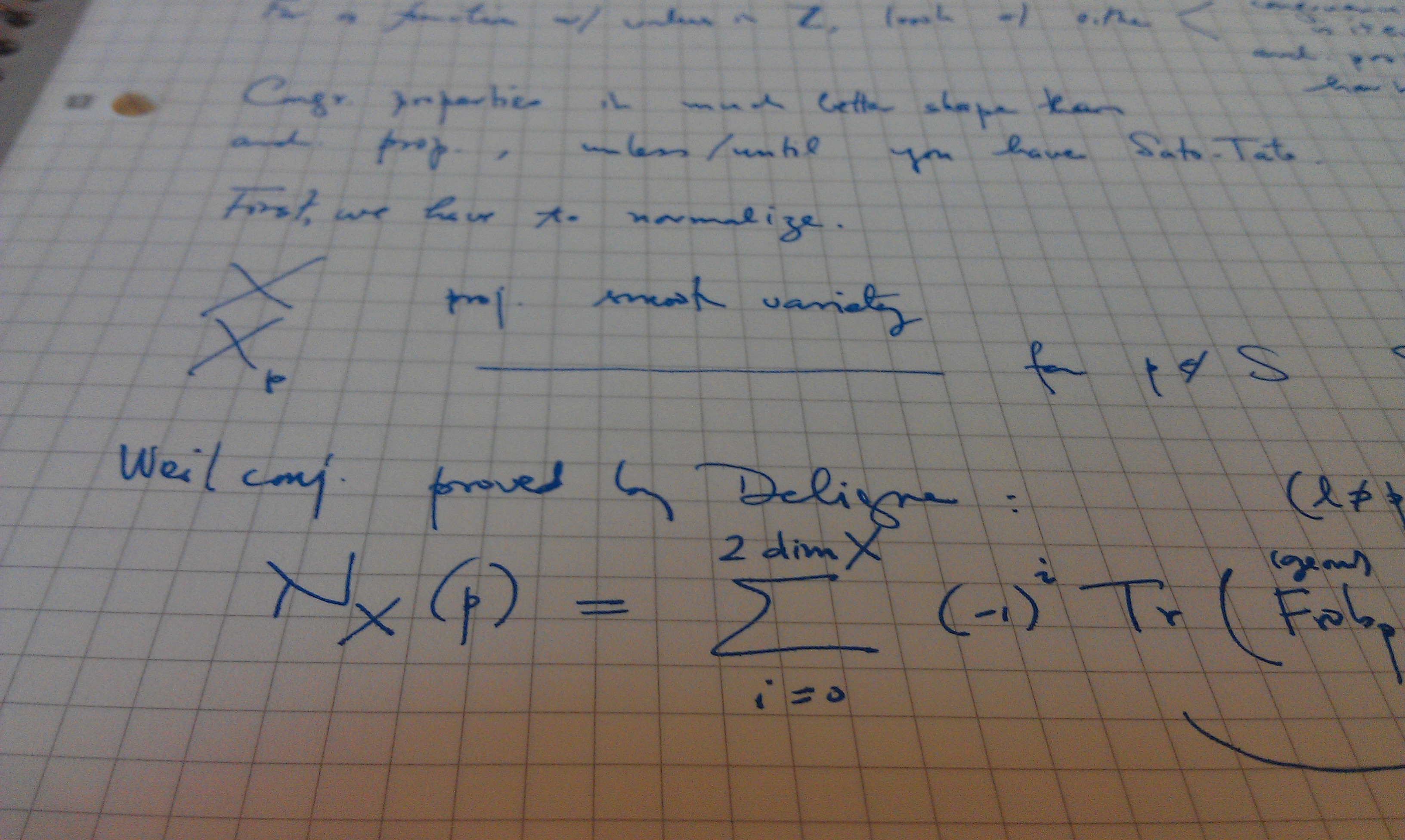Publication Date
2006
Abstract
Given a constrained minimization problem, under what conditions does there exist a related, unconstrained
problem having the same minimum points? This basic question in global optimization
motivates this paper, which answers it from the viewpoint of statistical mechanics. In this context, it
reduces to the fundamental question of the equivalence and nonequivalence of ensembles, which is
analyzed using the theory of large deviations and the theory of convex functions.
In a 2000 paper appearing in the Journal of Statistical Physics, we gave necessary and sufficient
conditions for ensemble equivalence and nonequivalence in terms of support and concavity
properties of the microcanonical entropy. In later research we significantly extended those results
by introducing a class of Gaussian ensembles, which are obtained from the canonical ensemble by
adding an exponential factor involving a quadratic function of the Hamiltonian. The present paper
is an overview of our work on this topic. Our most important discovery is that even when the microcanonical
and canonical ensembles are not equivalent, one can often find a Gaussian ensemble
that satisfies a strong form of equivalence with the microcanonical ensemble known as universal
equivalence. When translated back into optimization theory, this implies that an unconstrained minimization
problem involving a Lagrange multiplier and a quadratic penalty function has the same
minimum points as the original constrained problem.
The results on ensemble equivalence discussed in this paper are illustrated in the context of the
Curie-Weiss-Potts lattice-spin model.
Recommended Citation
Costeniuc, M; Ellis, RS; Touchette, H; and Turkington, B, "Global Optimization, the Gaussian Ensemble, and Universal Ensemble Equivalence." (2006). Mathematics and Statistics Department Faculty Publication Series. 1193.
Retrieved from https://scholarworks.umass.edu/math_faculty_pubs/1193

Comments
This is the pre-published version harvested from ArXiv.